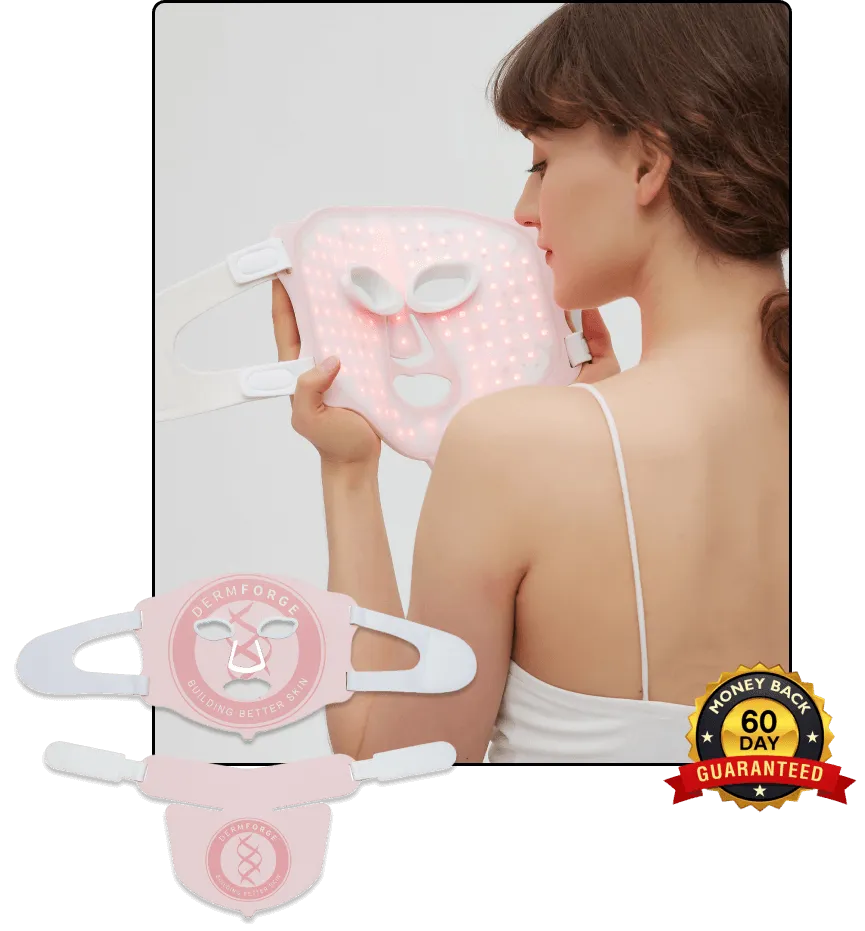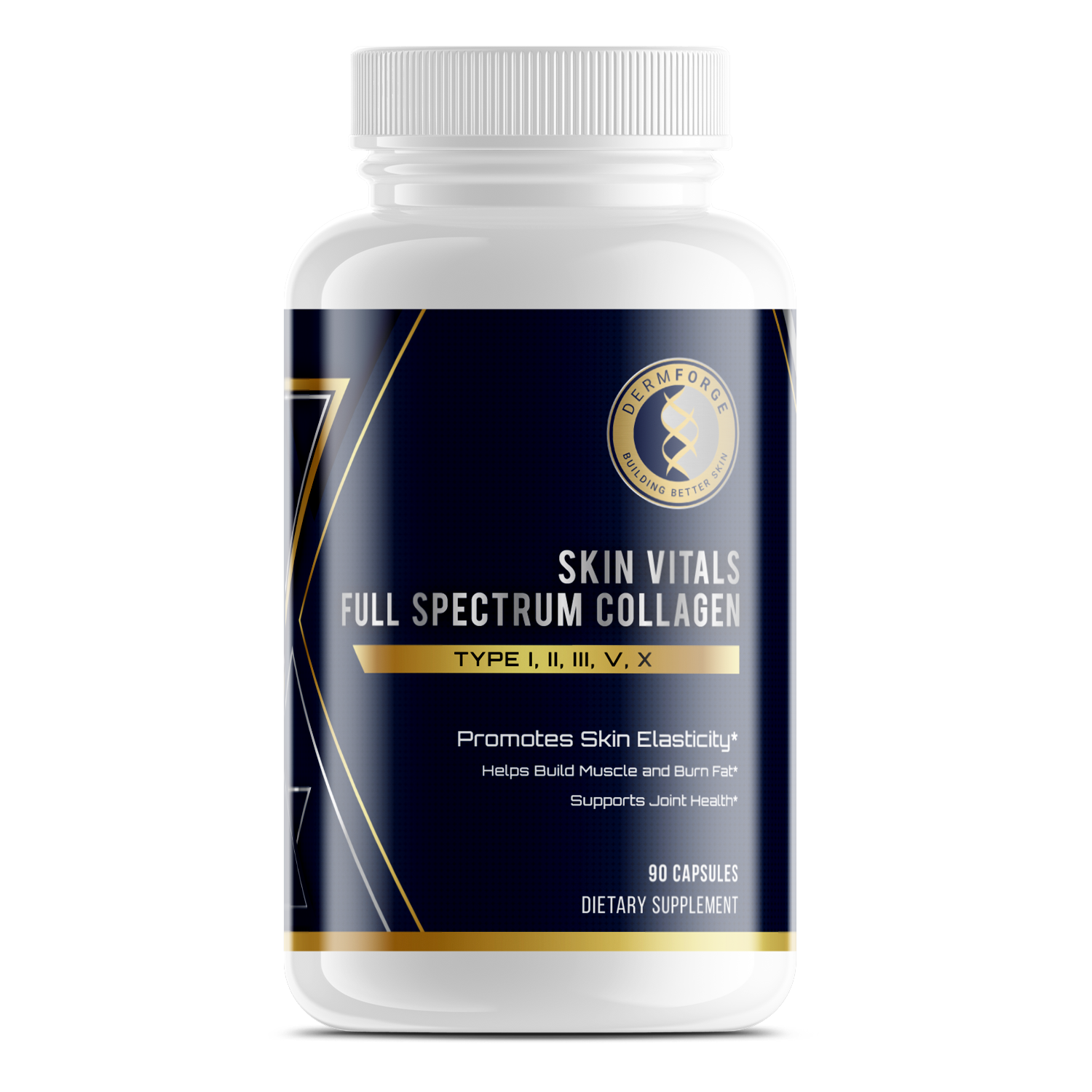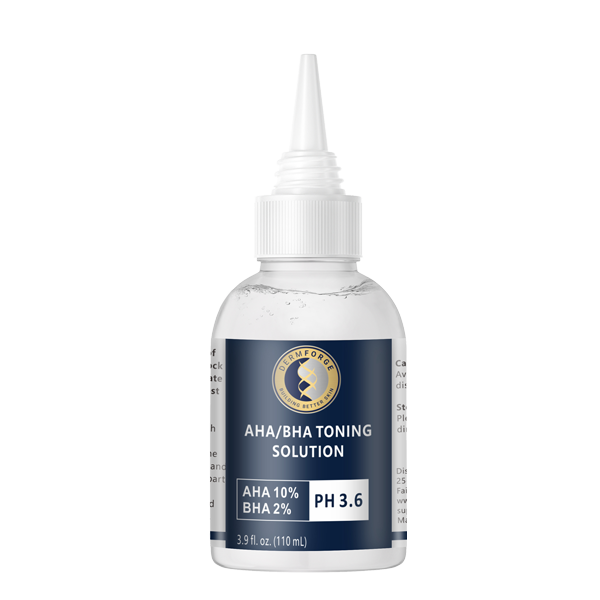Forehead wrinkles are one of the most common signs of aging and are often a concern for both men and women. Understanding the origins of these wrinkles and implementing effective strategies can help minimize their appearance and maintain a youthful complexion.
In this article, we will delve into the science behind forehead wrinkles, explore the factors contributing to their development, discuss their impact on our well-being, and provide practical steps to prevent their formation.
Understanding Forehead Wrinkles
The human skin is a complex organ that undergoes significant changes as we age. The outermost layer, known as the epidermis, gradually thins, while the underlying dermis loses collagen and elastin, essential for maintaining the skin's elasticity and firmness. These structural changes, combined with reduced oil production, decreased blood flow, and slower cellular turnover, contribute to the formation of wrinkles on the forehead.
Why Forehead Wrinkles Appear
Forehead wrinkles typically develop due to a combination of intrinsic and extrinsic factors. Our genetics primarily determine intrinsic factors, including skin thickness, texture, and the natural aging process. On the other hand, extrinsic factors are influenced by external factors such as sun exposure, pollution, smoking, and repetitive facial expressions.
It's important to note that forehead wrinkles are not just a cosmetic concern but can also reflect one's overall health and lifestyle choices. For instance, individuals who lead high-stress lives may be more prone to developing deep forehead wrinkles due to the constant furrowing of their brows. Additionally, a diet lacking essential nutrients and hydration can accelerate aging and contribute to the premature formation of wrinkles.
Preventing and Treating Forehead Wrinkles
While some degree of skin aging is inevitable, steps can be taken to minimize the appearance of forehead wrinkles. Daily sunscreen can help protect the skin from harmful UV rays, a major contributor to premature aging. Incorporating antioxidant-rich skincare products into your routine can help combat free radical damage and support collagen production.
Factors Contributing to Forehead Wrinkles
Several factors can contribute to forehead wrinkles:
Genetic Factors
Genetics plays a crucial role in determining our predisposition to wrinkling. Some individuals may inherit genes that make their skin more susceptible to collagen breakdown and decreased elasticity, resulting in more pronounced forehead wrinkles.
Environmental Factors
Exposure to environmental stressors, such as ultraviolet (UV) radiation from the sun, accelerates the aging process and contributes to forehead wrinkles. UV radiation damages collagen and elastin fibers, leading to sagging skin and deep creases. Protecting the skin from the sun's harmful rays with sunscreen and seeking shade during peak hours can help minimize these effects.
Lifestyle Factors
Unhealthy lifestyle habits, such as smoking, excessive alcohol consumption, poor nutrition, and inadequate sleep, can all contribute to the development of forehead wrinkles. Smoking, in particular, accelerates skin aging by constricting blood vessels, reducing oxygen flow, and releasing harmful free radicals. Adopting a healthy lifestyle that includes regular exercise, a balanced diet, and sufficient rest can help maintain the skin's vitality and prevent wrinkles.
Facial Expressions
Repetitive facial expressions, such as frowning or squinting, can contribute to forming forehead wrinkles over time. These movements create creases in the skin that become more pronounced with age. Being mindful of your facial expressions and practicing relaxation techniques, such as facial yoga or meditation, can help minimize muscle tension and reduce the development of wrinkles.
The Impact of Forehead Wrinkles
Forehead wrinkles can significantly impact an individual's self-esteem and overall psychological well-being. Many people perceive wrinkles as a visible sign of aging, which may lead to feelings of insecurity and diminished self-confidence. However, it is important to remember that aging is a natural process, and adopting a positive attitude toward one's appearance can help cultivate self-acceptance and a healthy body image.
Prevention Strategies for Forehead Wrinkles
Developing a regular skincare routine incorporating effective anti-aging products is vital for preventing forehead wrinkles. Gently cleansing the skin, moisturizing daily, and wearing sunscreen with a high sun protection factor (SPF) can help protect against external factors contributing to premature aging.
It's important to note that prevention strategies for forehead wrinkles go beyond skincare routines. While these routines are essential, adopting a healthy lifestyle can also significantly impact the appearance of forehead wrinkles. By making healthy lifestyle choices, individuals can enhance the effectiveness of their skincare routine and maintain a youthful complexion.
Healthy Lifestyle Choices
Adopting a healthy lifestyle can significantly impact the appearance of forehead wrinkles. As mentioned earlier, avoiding smoking, moderating alcohol consumption, eating a balanced diet rich in antioxidants and omega-3 fatty acids, and getting enough quality sleep are all factors that contribute to healthy skin. Additionally, staying hydrated by drinking adequate water throughout the day helps maintain the skin's moisture balance, promoting a more youthful complexion.
Furthermore, incorporating regular exercise into your routine can also benefit your skin. Exercise increases blood flow, which delivers oxygen and nutrients to the skin cells, promoting a healthy glow. It also helps reduce stress, which can contribute to premature aging and the formation of wrinkles.

Maintaining Skin Health
Here are some ways you can keep your skin healthy:
Importance of Hydration for Skin
Proper hydration is essential for maintaining skin health and preventing the formation of forehead wrinkles. When the skin is adequately hydrated, it appears plumper and more supple, which reduces the appearance of fine lines and wrinkles. Using a moisturizer specifically formulated for the face and drinking plenty of water throughout the day can help keep the skin hydrated from the inside out.
It's important to note that different skin types may require varying hydration levels. For example, individuals with oily skin may benefit from lightweight, oil-free moisturizers, while those with dry skin may need richer, more emollient formulas. Understanding your skin's unique needs is key to establishing an effective hydration routine that promotes a healthy complexion.
Role of Nutrition in Skin Health
Nutrition plays a vital role in maintaining healthy skin and preventing premature aging. A diet rich in fruits, vegetables, whole grains, lean proteins, and healthy fats provides the necessary vitamins, minerals, and antioxidants for skin health. Additionally, antioxidants in foods like berries, spinach, and dark chocolate can help protect skin cells from damage caused by free radicals.
Furthermore, certain nutrients have been linked to specific skin benefits. For instance, vitamin C is known for its brightening properties, while omega-3 fatty acids help maintain skin elasticity and hydration. Incorporating diverse nutrient-dense foods into your diet can help address various skin concerns and contribute to a radiant complexion.
The Effect of Sleep on Skin Aging
Sleep deprivation not only affects our overall well-being but also impacts skin health and accelerates the aging process. During sleep, the body repairs and regenerates tissues, including the skin. Lack of sleep can disrupt this process, leading to a tired and dull complexion, increased inflammation, and the formation of wrinkles. Prioritizing a consistent sleep routine and ensuring adequate quality sleep each night can contribute to healthier, more youthful-looking skin.
In addition to the duration of sleep, the quality of sleep is equally important for skin health. Deep sleep stages are crucial for cell turnover and repair, helping to maintain skin firmness and resilience. Creating a relaxing bedtime routine, optimizing your sleep environment, and practicing stress-reducing activities can enhance the quality of your sleep and promote optimal skin rejuvenation overnight.
Conclusion
Forehead wrinkles are a natural part of the aging process, but a combination of genetic, environmental, and lifestyle factors can influence their appearance. By understanding the origins of these wrinkles and implementing effective prevention strategies, individuals can minimize their formation and maintain healthier, more youthful-looking skin. From adopting a comprehensive skincare routine to making healthy lifestyle choices, proactive care for the skin can help individuals embrace the natural aging process while feeling confident and comfortable in their skin.
Explore DerForge's range of skincare products on our website to discover effective solutions for preventing and minimizing forehead wrinkles. From our DermForge LED Mask to high-dose collagen supplements, we offer a variety of solutions. Embrace a proactive approach to skincare and start your journey towards smoother, more youthful-looking skin today.






